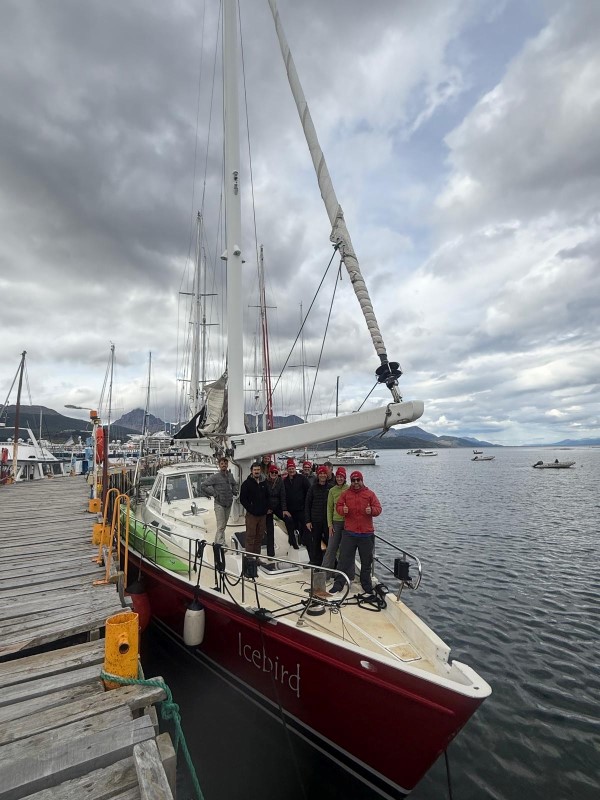The Dreaded Drake Passage: Breaking down a Good Crossing
- Ruth Bergman

- Mar 5
- 8 min read
Updated: Mar 20
Gateway to Antarctica: The Price of Reaching the White Continent
The Drake Passage, named after Sir Francis Drake, is the stretch of ocean between the southern tip of South America and the Antarctic Peninsula. It serves as a critical connection between the Southern Ocean and the waters surrounding Antarctica. At approximately 500 miles (800 km) wide, it is the shortest crossing from any landmass to Antarctica.
Because no landmass interrupts the flow of water around Antarctica, powerful currents surge through the Drake Passage, making it one of the most treacherous bodies of water in the world. For sailors, it is often compared to Mount Everest—a formidable challenge that demands respect. The passage has claimed many vessels; more than 800 ships are believed to have sunk while attempting the crossing.
Our ship, Icebird, is a 60-foot yacht—not large by any means, but designed for Antarctic conditions. Weighing in at 40 tons, Icebird is well-equipped for the journey and has successfully made this crossing many times. Its captain and crew are seasoned sailors with extensive Antarctic experience, ensuring we are in capable hands as we face one of the most notorious stretches of ocean on the planet.





Comments